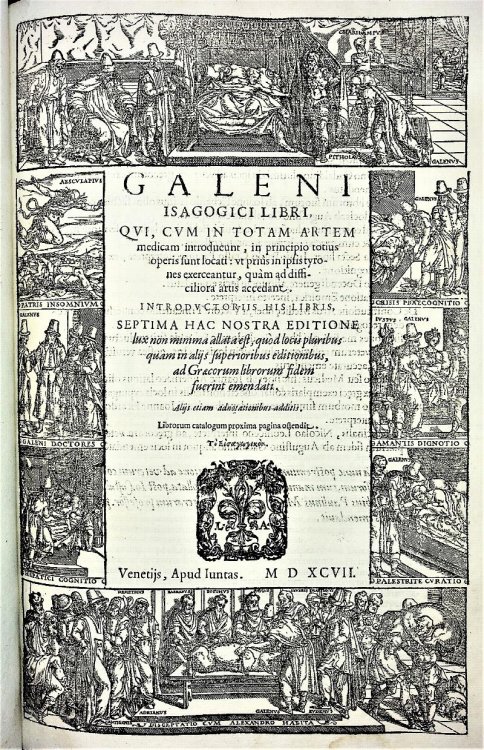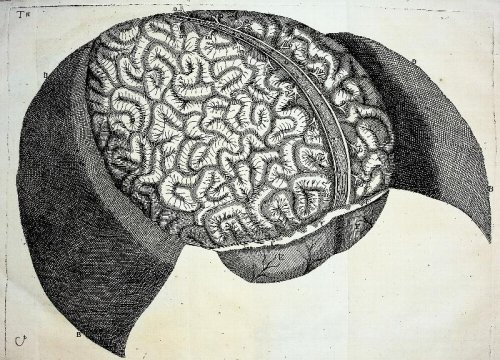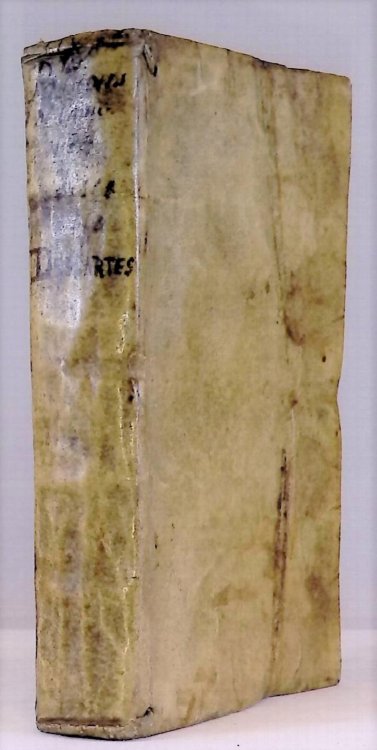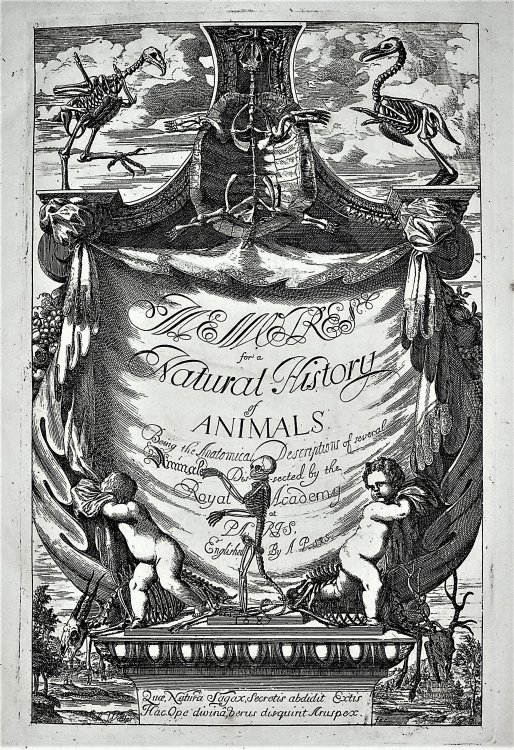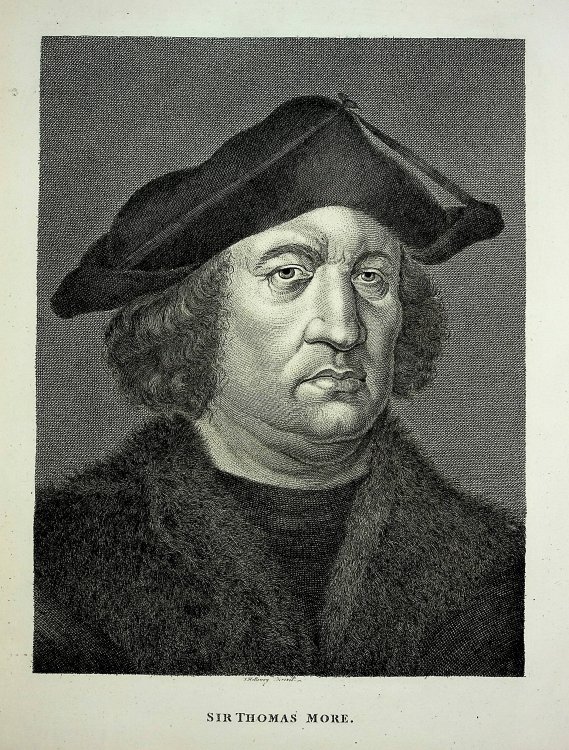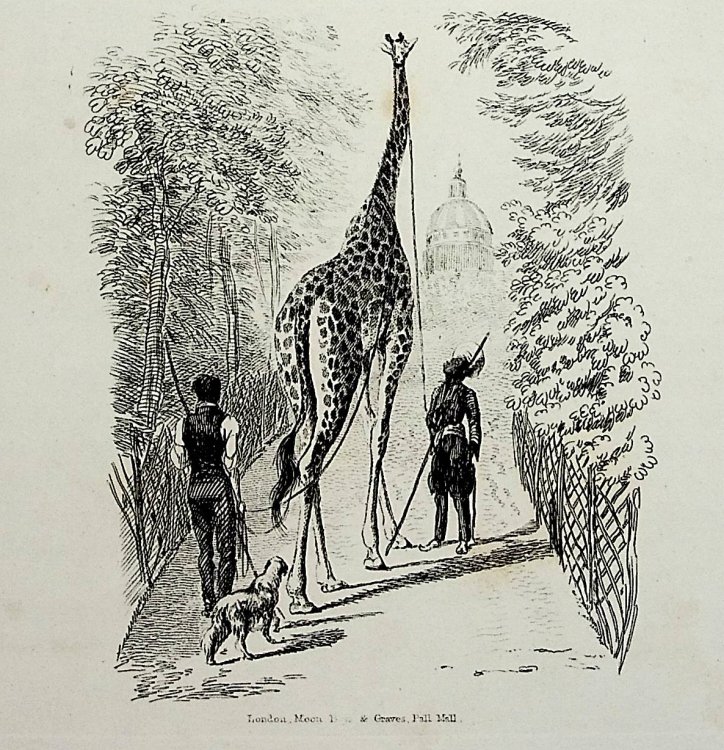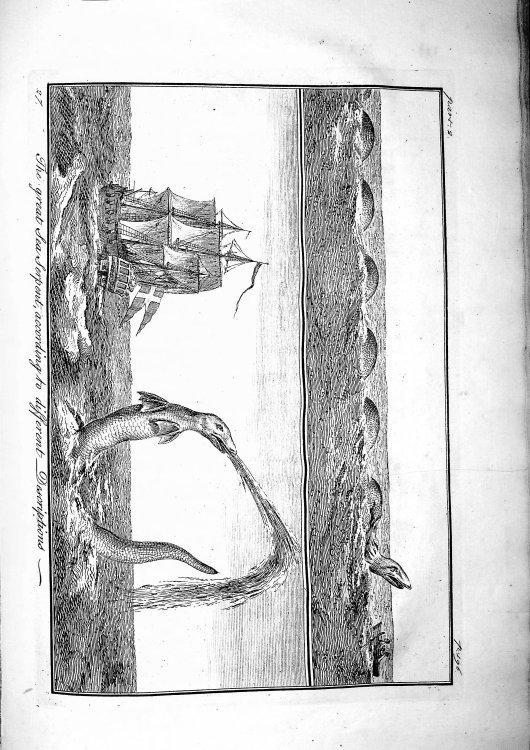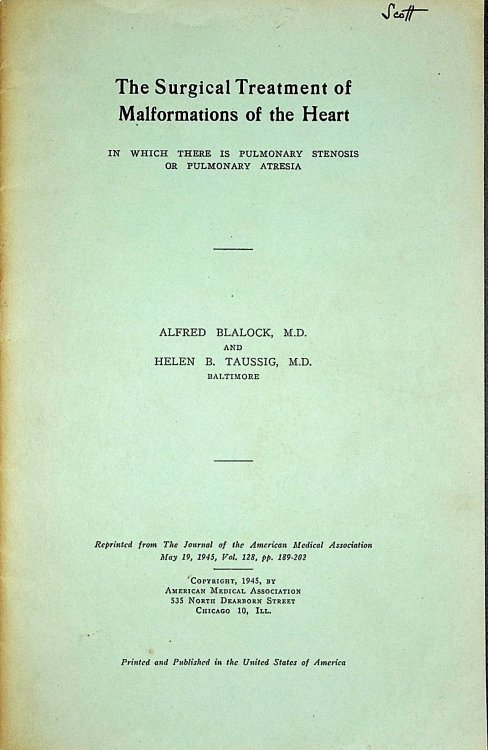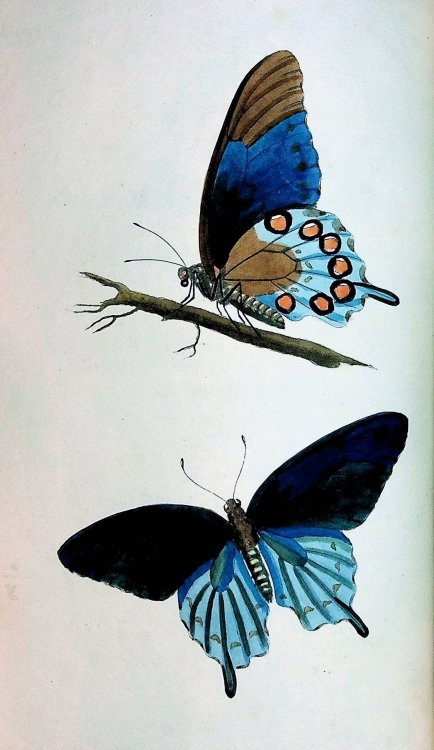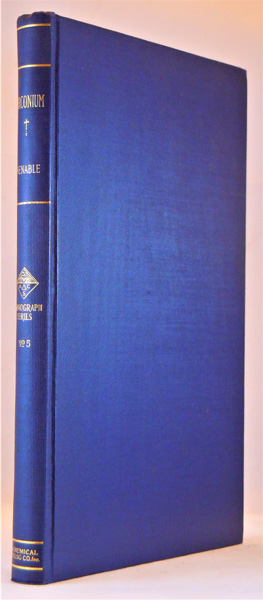
Zirconium and Its Compounds
$30.00 USD • Used
1922 MONOGAPH ON ZIRCONIUM, AN ELEMENT VITAL TO HIGH TEMPERATURE AND BIOMEDICAL APPLICATIONS, BY PRESIDENT OF THE AMERICAN CHEMICAL SOCIETY AND UNIVERSITY OF NORTH CAROLINA. 9 1/4 inches tall hard...
1922 MONOGAPH ON ZIRCONIUM, AN ELEMENT VITAL TO HIGH TEMPERATURE AND BIOMEDICAL APPLICATIONS, BY PRESIDENT OF THE AMERICAN CHEMICAL SOCIETY AND UNIVERSITY OF NORTH CAROLINA. 9 1/4 inches tall hardcover, blue cloth binding, gilt title to spine, 173 pp, unmarked, very good+. FRANCIS PRESTON VENABLE (1856 - 1934) was a chemist, educator, and president of the University of North Carolina. Born near Farmville, Prince Edward county, Virginia to Charles Scott Venable, aide-de-camp to Gen. Robert E. Lee from 1862 to 1865 and professor of mathematics at the University of Virginia from 1865 to 1896. In 1879, Venable earned a master's degree in chemistry from the University of Virginia. A year later, he earned a Ph.D. in chemistry from the University of Gottingen, and was elected fellow of the Chemical Society of London. In 1893, Venable occupied the first endowed chair at UNC, the Mary Ann Smith Professorship. In collaboration with undergraduate students William Rand Kenan, Jr, and Thomas Clarke and former student John Motley Morehead III, he identified calcium carbide, a discovery of great commercial importance that led to the development of acetylene and the founding of Union Carbide. In 1899, he was elected vice president of the chemistry section of the American Association for the Advancement of Science. Venable served as president of UNC from 1900 to 1914. He took a one-year leave of absence due to illness in 1914, during which time Edward Kidder Graham served as acting president. In 1905, he was elected president of the American Chemical Society, and he served as president of the Southern Association of Colleges and Schools. Venable was appointed Kenan Professor in 1918. ZIRCONIUM forms a variety of inorganic and organometallic compounds such as zirconium dioxide and zirconocene dichloride, respectively. Five isotopes occur naturally, three of which are stable. Zirconium compounds have no known biological role. The principal commercial source of zirconium is zircon (ZrSiO4), a silicate mineral, which is found primarily in Australia, Brazil, India, Russia, South Africa and the United States, as well as in smaller deposits around the world. Most zircon is used directly in high-temperature applications. This material is refractory, hard, and resistant to chemical attack. Because of these properties, zircon finds many applications, few of which are highly publicized. Its main use is as an opacifier, conferring a white, opaque appearance to ceramic materials. Because of its chemical resistance, zircon is also used in aggressive environments, such as moulds for molten metals. Zirconium-bearing compounds are used in many biomedical applications, including dental implants and crowns, knee and hip replacements, middle-ear ossicular chain reconstruction, and other restorative and prosthetic devices. Zirconium binds urea, a property that has been utilized extensively to the benefit of patients with chronic kidney disease. For example, zirconium is a primary component of the sorbent column dependent dialysate regeneration and recirculation system known as the REDY system, which was first introduced in 1973. More than 2,000,000 dialysis treatments have been performed using the sorbent column in the REDY system.
Product Info
Publisher: Chemical Catalog Co., Inc.
Year: 1922
Type: Used
Binding: Softcover
First Edition
Seller Info
BiomedRareBooksLLCABAAILABIOBA
Address: P.O. Box 193 North Garden, Virginia
Website: https://www.biomedrarebooks.com
Country: United States
